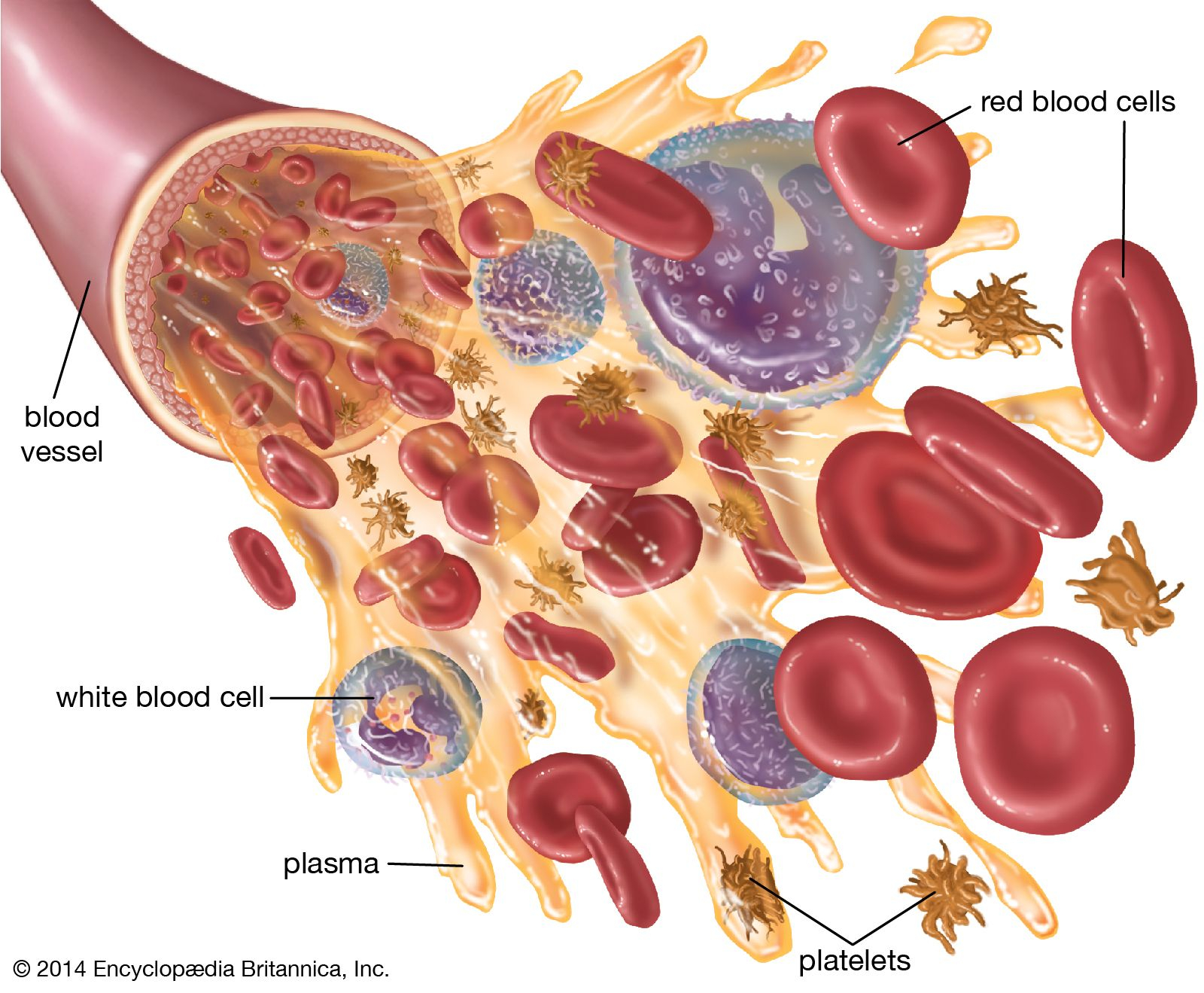White blood cells (WBCs), or leukocytes, are integral components of the immune system, tasked with defending the body against infections, foreign substances, and abnormal cells. Produced primarily in the bone marrow, these cells circulate through the bloodstream and tissues, identifying and combating potential threats.
What Are White Blood Cells?
White blood cells are colorless cells with nuclei, distinguishing them from red blood cells. They constitute about 1% of the blood's volume but play a pivotal role in immune responses. There are five primary types of white blood cells, each with specialized functions:
-
Neutrophils: The most abundant WBCs, neutrophils are the first responders to bacterial infections. They engulf and digest pathogens through a process called phagocytosis.
-
Lymphocytes: Comprising T cells, B cells, and natural killer (NK) cells, lymphocytes are central to adaptive immunity. T cells destroy infected cells, B cells produce antibodies, and NK cells target tumor and virus-infected cells.
-
Monocytes: These cells differentiate into macrophages and dendritic cells, which are essential for phagocytosis and antigen presentation, bridging innate and adaptive immunity.
-
Eosinophils: Involved in combating parasitic infections and modulating allergic responses.
-
Basophils: Release histamine during allergic reactions and asthma attacks, contributing to inflammation.
How White Blood Cells Protect the Body
White blood cells defend the body through various mechanisms:
-
Phagocytosis: Neutrophils and macrophages engulf and digest pathogens and debris.
-
Antibody Production: B cells produce antibodies that bind to antigens on pathogens, neutralizing them and marking them for destruction.
-
Cell-Mediated Immunity: T cells recognize and destroy infected or cancerous cells.
-
Inflammation: Basophils and eosinophils release substances that promote inflammation, aiding in the defense against infections.
-
Memory Formation: Memory B and T cells remember past infections, enabling a faster and more robust response upon re-exposure.
Disorders Related to White Blood Cells
Imbalances in white blood cell counts can indicate various health conditions:
-
Leukopenia: A low WBC count, increasing susceptibility to infections.
-
Leukocytosis: An elevated WBC count, often due to infections, inflammation, or leukemia.
-
Leukemia: A type of cancer affecting blood and bone marrow, leading to the production of abnormal white blood cells.
White Blood Cells and Antibiotic Therapy
While white blood cells are the body's natural defense against infections, antibiotics like ceftriaxone are often used to treat bacterial infections. Ceftriaxone is a broad-spectrum cephalosporin antibiotic that inhibits bacterial cell wall synthesis, leading to the destruction of bacteria. In India, several distributors supply ceftriaxone injections, ensuring availability for treating various infections.
Monitoring White Blood Cell Health
Regular blood tests, such as the complete blood count (CBC), assess white blood cell levels, aiding in the diagnosis of infections, immune disorders, and blood cancers. Maintaining a healthy lifestyle, including proper nutrition, regular exercise, and adequate sleep, supports optimal white blood cell function.
Conclusion
White blood cells are indispensable to the immune system, providing defense against a myriad of pathogens and diseases. Understanding their roles and maintaining their health is crucial for overall well-being. In cases where the body's natural defenses are overwhelmed, medical interventions like antibiotics and immunotherapies are essential. In India, distributors play a vital role in ensuring the availability of such treatments, including ceftriaxone injections, to combat infections effectively.
